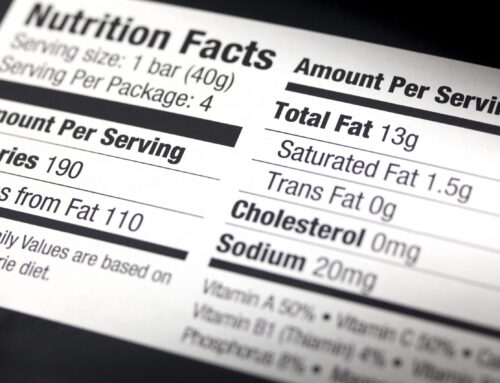Hello. Moving on from the previous pilates article the following article will be composed in two parts giving you the lowdown on how pilates works and how it is broken down into different parts. This is known as the principles (or sometimes concepts) of pilates.
First of all the there is no definite order or number of these as Joseph Pilates never listed or recorded them but it is widely accepted that the following principles all combine to give guidance on how the exercises are to be performed and how they are grouped together to form a workout. I have listed the principles in this article in no particular order as they all have importance to making pilates what it is, so half will be in the piece you are reading and the second half will come a little later on.
PRINCIPLES OF PILATES Part 1
CONCENTRATION
I think this is a key element of any form of exercise not just pilates. I would describe concentration as clearing the mind of unrelated thoughts and focusing on the movement you are performing, taking that further what joints are moving, what joints are not and in turn what muscles are being used. I like to really think of what area of the body I am using during a certain exercise. I think this really makes you focus on the muscle contraction and also gives you an idea of your technique. By this I mean if you are feeling which muscles are shortening and which are lengthening you will know you are pretty close to performing the movement the way it is supposed to be done. Here is a basic example: so say we are performing a bridge, instead of just going through the motion and pushing your hips up this is what I would be concentrating on. Firstly the joint responsible for movement is the hip joint. Now we think of how to do the exercise we begin pushing your heels into the mat to drive your hips up as you do this you will be thinking of squeezing your backside(Gluteus Maximus) then at the top opposite to this you will be stretching your hips(hip flexors) now you may or may not feel the hips stretching depending on your level of flexibility but you definitely should feel the backside contracting. At first this will seem like a lot to take in but once you do it enough it will become second nature and you will gain much more out of the exercise than if you did it without really concentrating. Also once the basic movement is perfected you will then be better equipped to progress to the more challenging variations.
CENTRING
This is basically saying that the centre group of muscles surrounding our midsection are the starting point of and involved in any exercise we do. Hence how we strengthen our core, I don’t really like the term core so lets think of it like this, your torso is controlled and moved by a vast array of muscles, said muscles all stabilise or move the spine. The spine is able to move in many different ways so many muscles make it do all the different movements. It can flex, extend, laterally flex, laterally extend and rotate. These can be done together or separately depending on the way you move your body. Now in pilates when we perform our set-up we are preparing all these muscles to work whether it be for movement or stability. We do this by engaging to 30%. So the important point here is that this centre group of muscles will be working all the time either for movement during an exercise or to control the position of the body(posture) when the outer limbs are moving. So in theory during a 45 minute session apart from stretching the rest of the time we want to have these muscles at our 30% level of tension. Of course working muscles for that long has to make them stronger.
CONTROL
What this refers to is having control over all your movements. So you will keep the body parts that are moving to a set pattern or alignment and you also maintain an even controlled speed of these body parts, which requires a high level of concentration. Pilates is not about how fast you can do the exercises it is about performing the exercises with high quality and correct tempo. It is also important to remember that this principle will be adhered to during all parts of session: set up, warm up, performing the exercises and transitioning in and out of the exercises. Everything is done under control.
This concludes part one. After reading I hope you can see how these three principles are all linked together and require each other to make the discipline what it is.
Guy.







 >
>

Leave a Reply